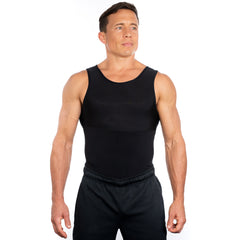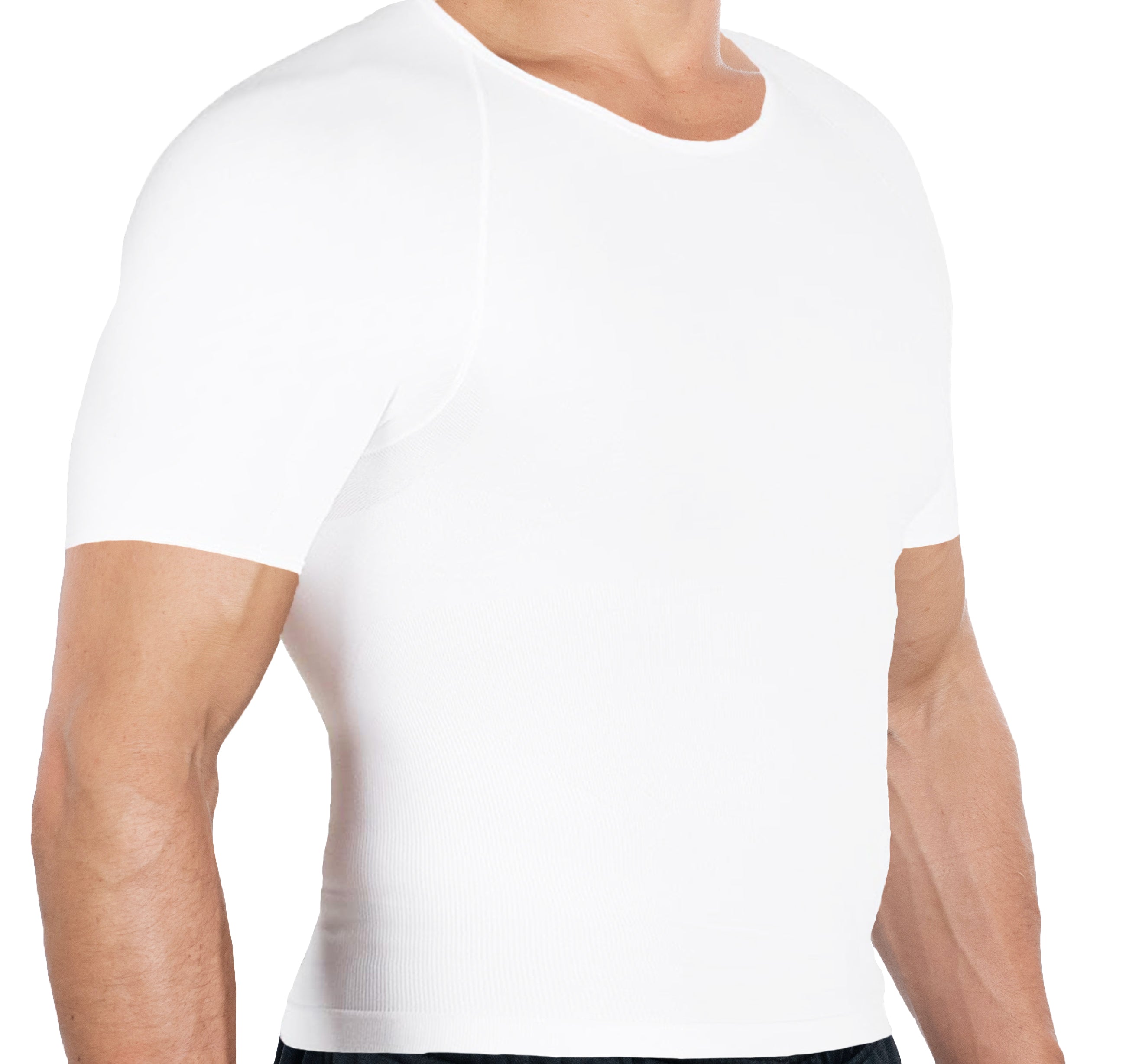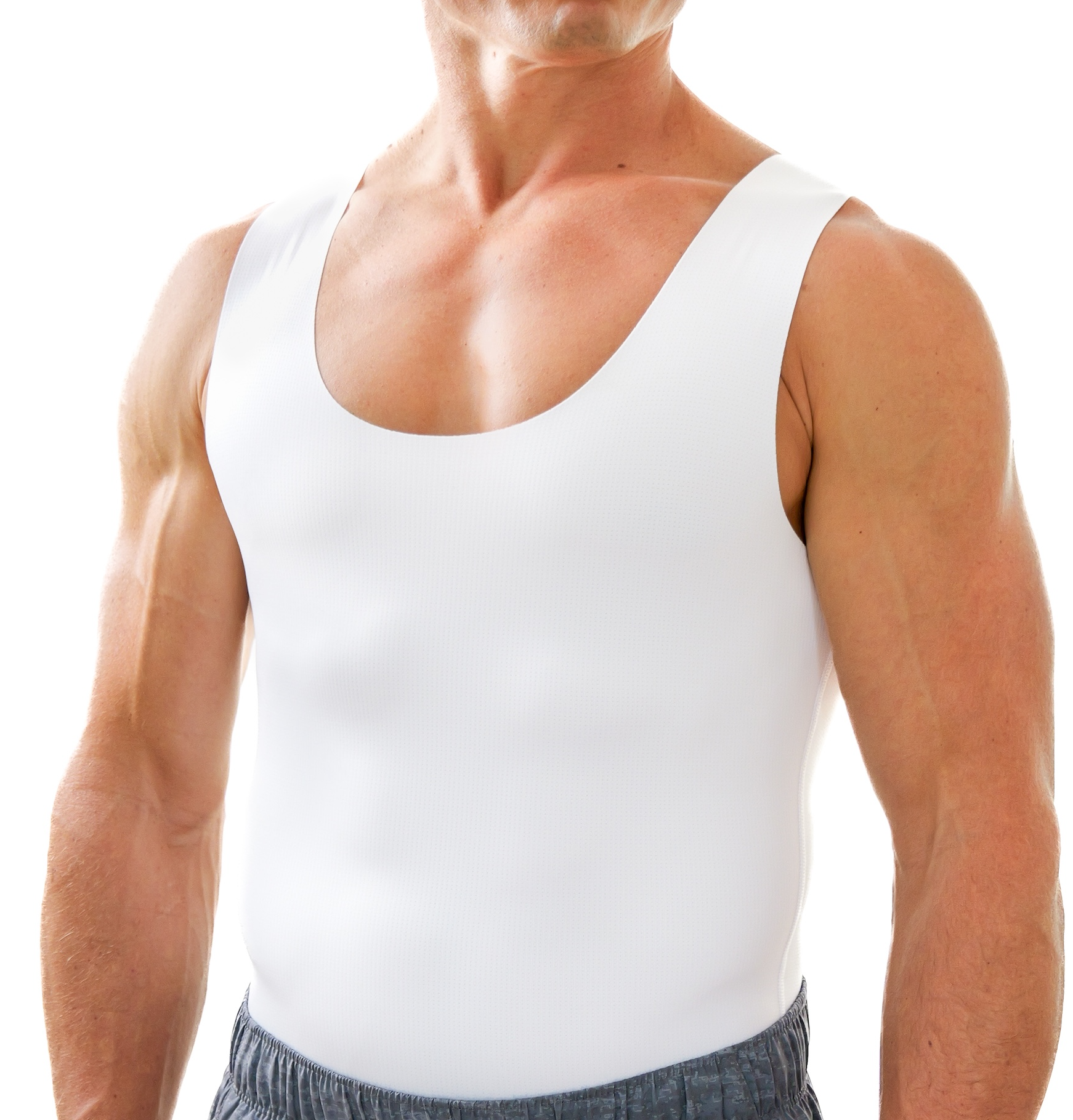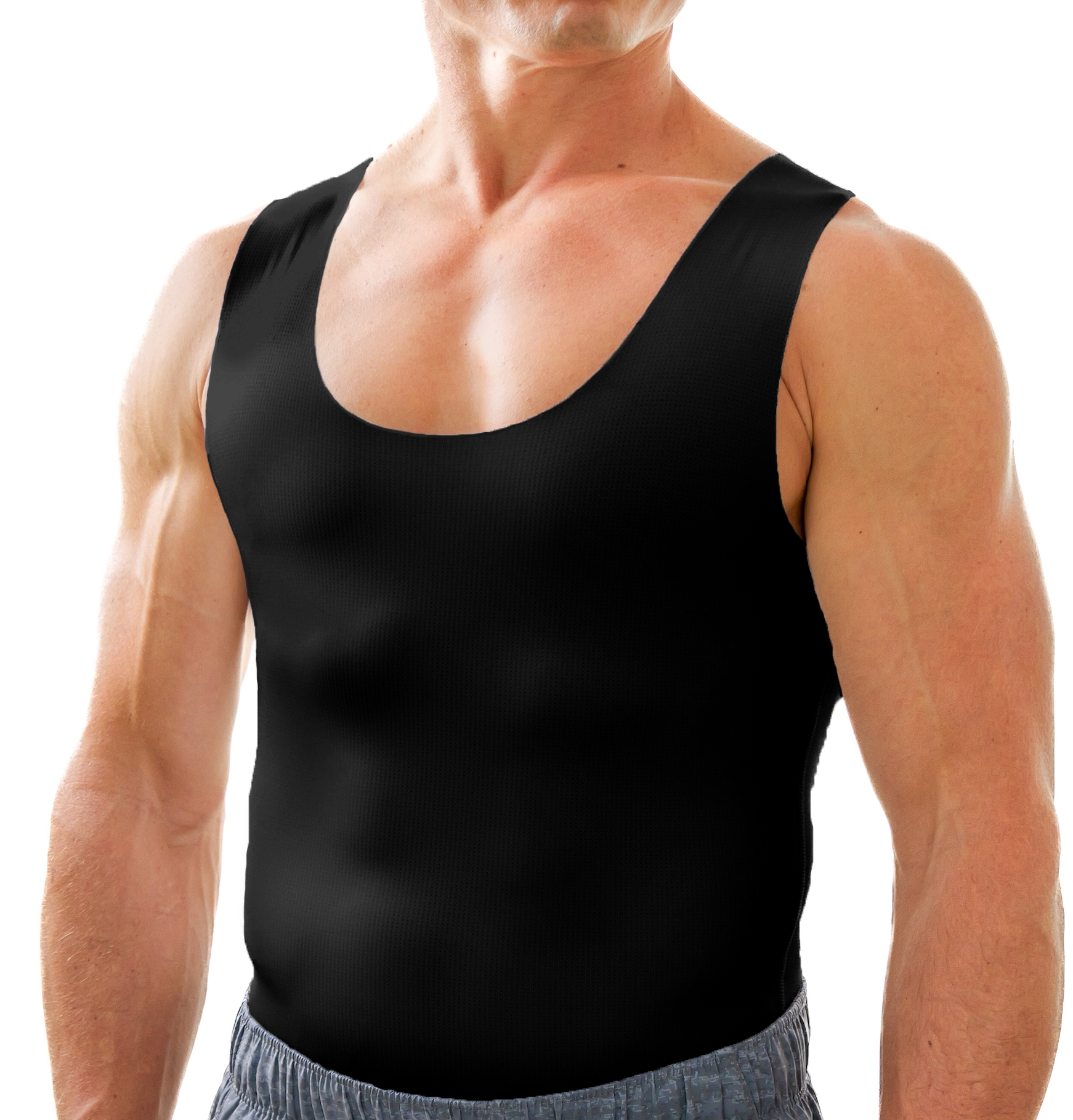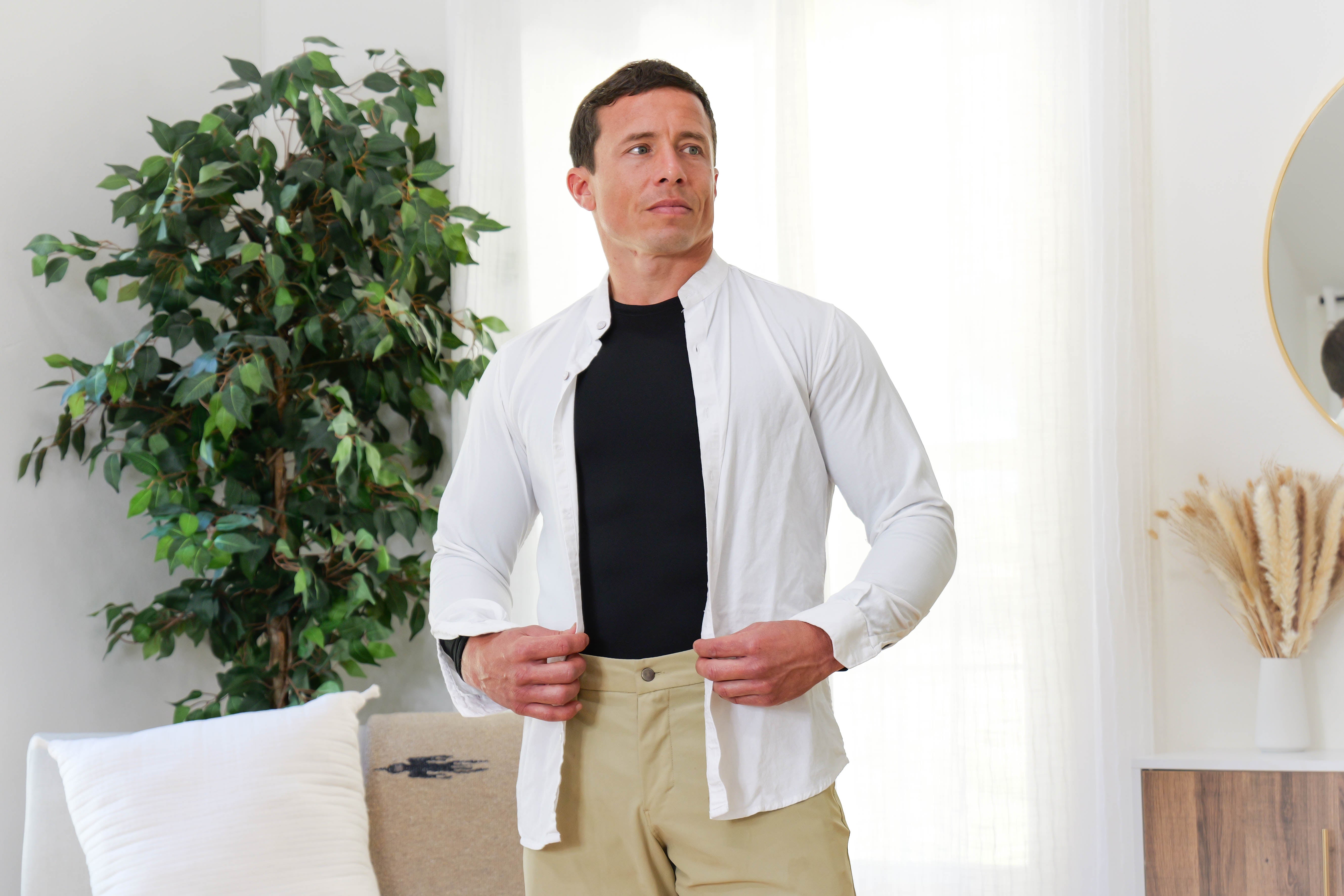Choosing between regular shapewear and compression shirts can be challenging since most people need help to tell the difference. Below, we take a comprehensive look at shapewear and compression shirts, explaining the benefits and uses of each and their differences.
Let's get started.
What are compression shirts?
Compression shirts are garments specially designed to apply pressure to the body. The high-pressure level enhances blood flow and healing after an injury.
Compression shirts can be worn as postoperative aids, for instance, after a C-section or back surgery. Doctors advise wearing the garments for a particular duration or until you heal fully.
In addition to shirts, compression sleeves and socks can help persons with poor blood circulation issues, such as deep vein thrombosis, lymphedema, blood clots and atherosclerosis.
It's critical to note that compression shirts aren't only used for medical purposes. They can also aid with athletic performance and lessen injuries. Additionally, some people use compression shirts to improve their appearance, as they give a better-looking silhouette.
What is shapewear?
Shapewear are undergarments that temporarily smoothen and shape your body by redistributing and slightly compressing some parts. They work by emphasizing your natural curves while simultaneously hiding and minimizing parts you aren't proud of while wearing an outfit.
People have worn shapewear for hundreds of years, the most famous example being the corset, which first originated in 1600 BCE. The corset flattens the stomach and cinches the waist.
However, as the human race continued advancing, corsets lost popularity and were replaced by other forms of shapewear that were comfortable and easier to wear.
Today's shapewear is highly comfortable and gives you a fantastic look. As a result, most people have one or two shaping undergarments in their closets, whether it's a simple girdle or a complete body suit.
Benefits of compression garments
Fastens the recovery process
After undergoing breast augmentation or C-section procedures, compression apparel can immensely aid the healing and recovery process.
The garments boost blood circulation, provide the affected area with essential nutrients that speed healing, and prevent fluid accumulation.
As a result, you will be less likely to experience postoperative ecchymosis, swelling and bruising. The pressure from the shirts also makes you feel more protected and makes a recovery less painful.
Improves post-surgical appearance
Compression shirts help plastic surgery patients achieve their intended aesthetic looks by holding and molding tissues into the right places. Consequently, the patient will have a smooth silhouette without any waves, rolls or bumps, and they also prevent sagging.
In addition, compression shirts prevent creases and dents post-op, reducing the need for corrective surgeries.
Helps with vascular disorders
Compression shirts can help patients with lymphatic and vascular disorders by boosting blood circulation.
For instance, people with lymphedema wear compression garments to improve their conditions. Pressure from the clothes forces lymphatic fluid from the affected areas into other parts.
Doctors also recommend that patients highly likely to have a thrombus ( from deep vein thrombosis) wear compression apparel.
Benefits of shapewear
Improves appearance
Shapewear doesn't make you lose weight, but it makes you look like you lost a few pounds. For women, shapewear gives them the appearance of fuller hips and a better bust, helping them attain the sought-after hourglass shape. There is shapewear that can thin the thighs and lift the hips.
In addition, shapewear can aid with your fight against time and gravity. It lifts your body and slows down the development of flat butts, beer belly, saggy breasts and droopy hips.
Raises self-esteem and encourages weight loss
Wearing shapewear won't make you lose a few pounds; however, it shows how you would appear if you did. It can be a motivator to exercise more and eat healthier.
A tiny boost in your self-esteem and confidence could be the push you need to start working on your body. After you do and notice the results, you will become more confident and stick to the routine.
The difference between compression shirts and shapewear
So, how else do shapewear and compression garments differ apart from their benefits and functions?
Design and construction
Compression apparel has a more sophisticated construction involving many manufacturing techniques, whereas shapewear has a simple design.
As you already know, shapewear is made to enhance your looks, so it doesn't have high compression. This is why you will notice many shapewear lose its compression after a couple of washes and become flimsy.
In contrast, shirts aren't as stylish but have durable fabrics that effectively withstand frequent wear, washing and drying.
Stitching location
Since shapewear aims to make you look outstanding, you will notice that it mostly has inside stitching, so it may not be seen under your outfit.
Stitching on compression apparel is usually outside the garment to prevent skin irritation. It also keeps the seams from pressing into your incisions after surgery. As a result, they can be easily seen, so it's advisable to wear them with loose-fitting clothes.
Should you choose compression shirts or shapewear?
It all depends on what you are aiming for. Shapewear will work fine if you want flatter curves for a night out with your friends. However, compression garments are preferable for medical needs and faster workout recovery.
Final Words
Though shapewear and compression shirts may look similar, they have different purposes and benefits. Compression shirts make you look slimmer while boosting blood flow to prevent fluid accumulation and reduce swelling.
On the other hand, shapewear primarily works on your appearance, giving you a more defined figure.




